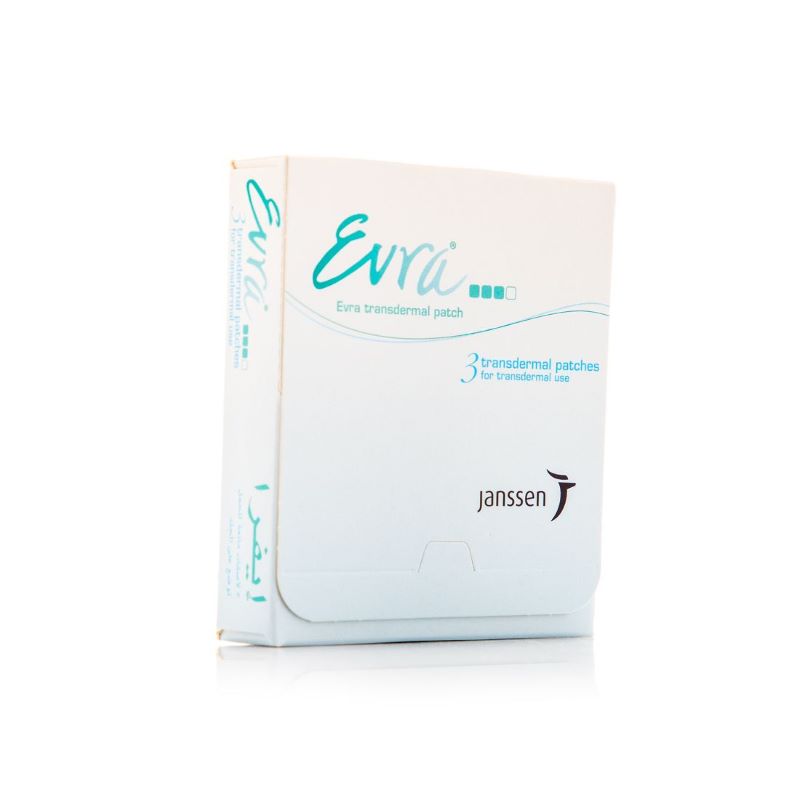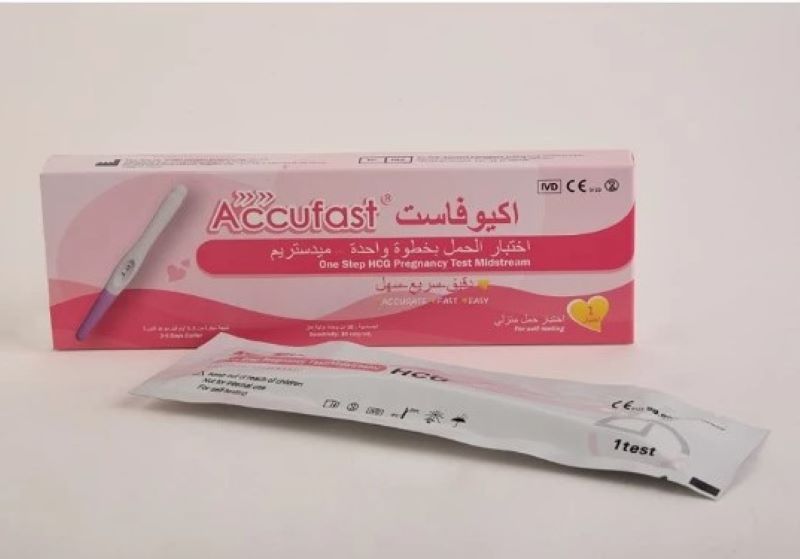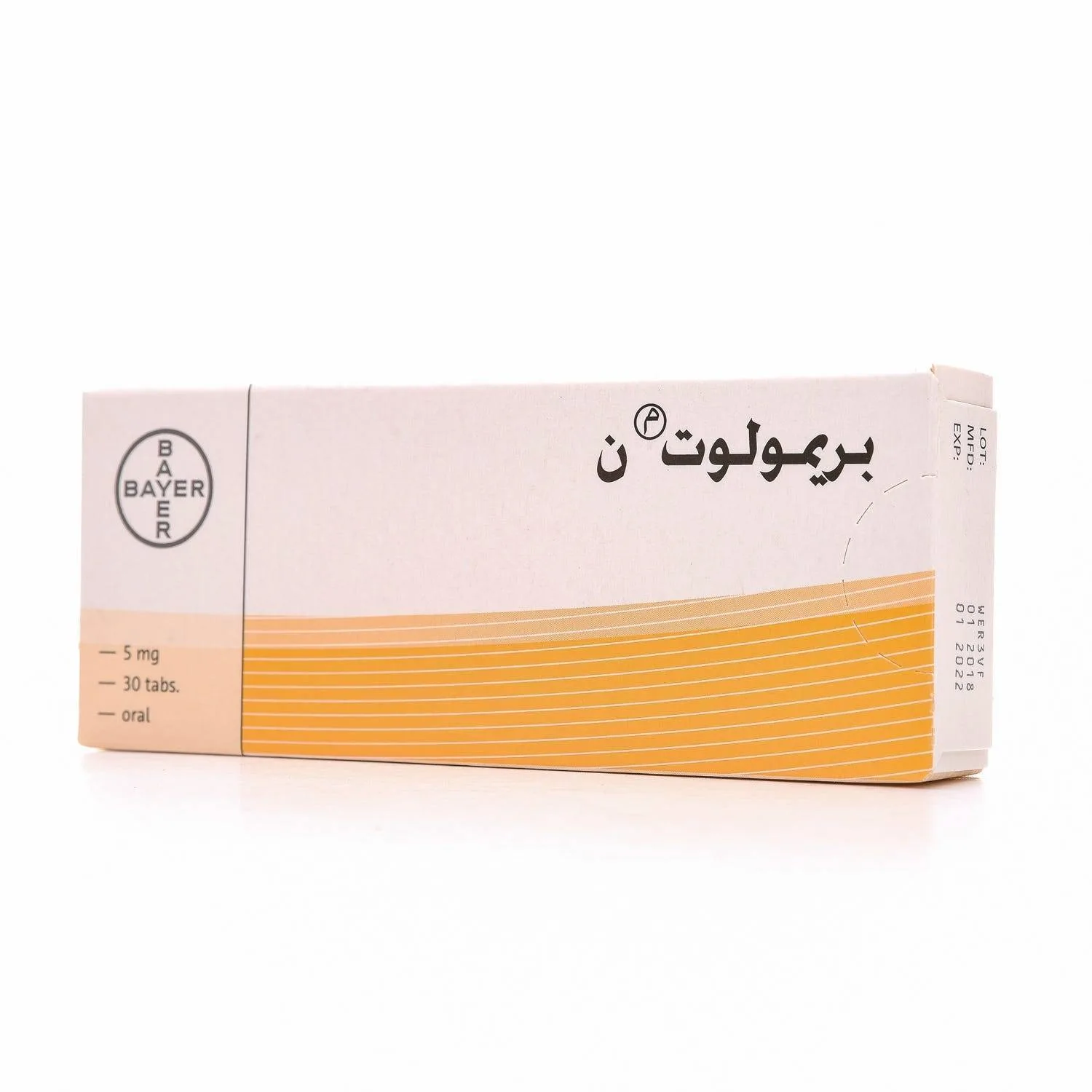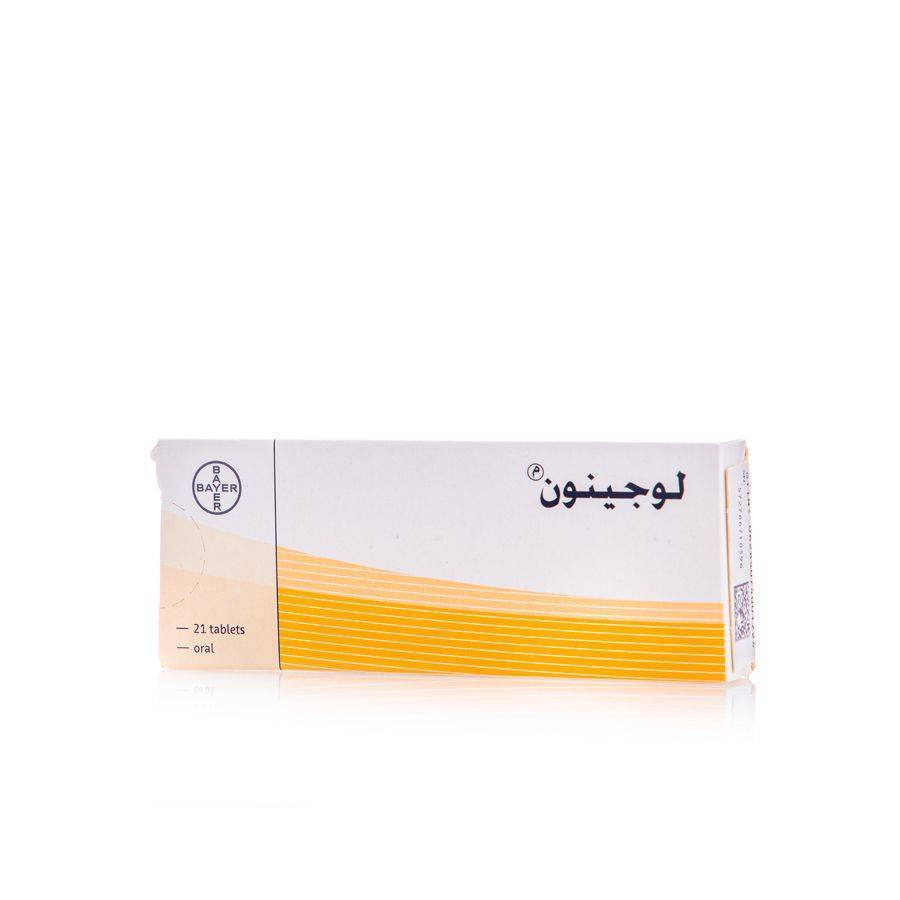Description
Evra Patches are a hormonal transdermal contraceptive patch used by women of reproductive age to prevent pregnancy. Each patch is a thin, beige, plastic patch that sticks to the skin and releases synthetic estrogen (ethinyl estradiol) and progestin (norelgestromin) hormones into the bloodstream through the skin. These hormones work primarily by preventing the release of an egg from the ovary (ovulation). They also cause changes in the cervical mucus, making it difficult for sperm to reach the egg, and alter the lining of the uterus to prevent implantation of a fertilized egg.
Evra Patches offer a convenient once-a-week method of contraception. One patch is applied and worn for seven days (one week), then replaced with a new patch for the following seven days. This is repeated for three consecutive weeks, followed by a patch-free week to allow for a withdrawal bleed (similar to a period).
Directions for Use:
- Choose a clean, dry, and hairless area of skin on one of the following locations: the upper outer arm, the abdomen, the buttock, or the upper back (where it will not be rubbed by tight clothing). Do not apply the patch to the breasts.
- Open the pouch containing the patch by tearing along the notch. Remove the patch and discard the clear protective liner.
- Immediately apply the sticky side of the patch to the chosen area of skin and press firmly for about 10 seconds to ensure good adhesion. Make sure the edges of the patch are sticking well.
- Wear one patch for seven full days (one week).
- On the eighth day (the same day of the week you applied the first patch), remove the used patch and immediately apply a new patch to a different location on your skin (to avoid irritation).
- Repeat this process, changing the patch once a week for three weeks in a row.
- On the 22nd day, remove the third patch. Do not apply a new patch for the fourth week (days 22 through 28). This is your patch-free week, and you should expect to have a withdrawal bleed during this time.
- Start your next four-week cycle by applying a new patch on the 29th day (the same day of the week you applied your first patch), even if your withdrawal bleed has not finished.
It is important to change your patch on the same day each week. If you forget to change your patch, follow the instructions provided in the product leaflet or consult your doctor or pharmacist.
Precautions:
- Inform your doctor if you have any known allergies to ethinyl estradiol, norelgestromin, or any other components of the Evra Patch.
- Provide your doctor with your complete medical history, especially if you have a history of blood clots (in the legs, lungs, eyes, or elsewhere), stroke, heart attack, chest pain (angina), certain types of migraine headaches with aura, high blood pressure, diabetes with blood vessel damage, very high cholesterol or triglycerides, liver disease or liver tumors, breast cancer or other hormone-sensitive cancers, unexplained vaginal bleeding, or if you are pregnant or think you might be pregnant.
- The Evra Patch, like combined hormonal contraceptives, carries a risk of serious side effects, including blood clots, stroke, and heart attack. The risk of these serious side effects may be higher in women who smoke, are over 35 years old, have certain medical conditions, or are overweight.
- Smoking significantly increases the risk of serious cardiovascular side effects from hormonal contraceptive use. Women who use hormonal contraceptives are strongly advised not to smoke.
- The Evra Patch may be less effective in women who weigh more than 90 kg (198 lbs).
- Certain medications can interact with the hormones in the Evra Patch and may make it less effective or increase the risk of side effects. Inform your doctor about all prescription, over-the-counter, and herbal medications you are taking.
- Tell your doctor if you develop any new medical conditions or if existing conditions worsen while using the Evra Patch.
- Regular check-ups with your doctor are important while using hormonal contraception.
- Be aware of the signs and symptoms of serious side effects, such as severe leg pain, sudden chest pain or shortness of breath, severe headache, vision changes, slurred speech, or weakness or numbness on one side of the body, and seek immediate medical attention if they occur.
- The Evra Patch does not protect against HIV infection (AIDS) and other sexually transmitted infections (STIs). Use condoms to protect against STIs.
Read the patient information leaflet that comes with your Evra Patches carefully before using them and discuss any questions or concerns you may have with your doctor or pharmacist.








كاي –
المنتج مغلف بإحكام.
محمد –
المنتج يعمل كما هو متوقع.